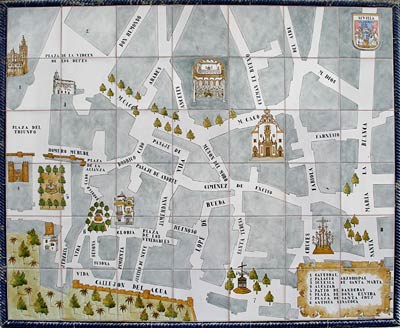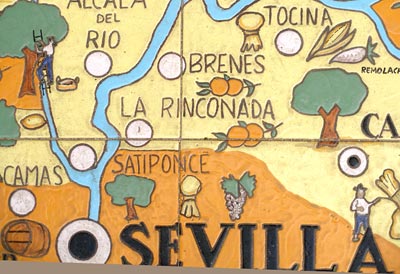Sesame salt is made from black sesame seeds mixed with salt for use as a condiment with rice, salads and raw vegetables. It can sometimes be a mixture of toasted celery seeds and salt.
Indian sesame seeds are cream-coloured, small and glossy. Chinese sesame seeds are black. Black seeds have a slightly stronger flavour. Before using untoasted seeds, either lightly toast, dry-fry or dry-bake in the oven until they begin to jump. In some parts of the United States, these are called benne seeds.
Sesbania or agathi or scarlet wisteria is a small tree which produces feathery leaves, pods and flowers. The flowers are used in curries.
Water amaranth or sessile joyweed, is a type of amaranth which grows vigorously, providing nutritious greens. Use only tender new shoots as old leaves can leave a bitter taste in the mouth.
Seven spice powder is a spice mix. The exact spices used in this hot seasoning vary slightly by maker but usually include a combination of the following: powdered red chillis, black pepper, sesame seeds, dried mandarin orange peel, green nori seaweed flakes, prickly ash pods, hemp seeds and poppy seeds. It is sprinkled over noodle and nabe (a variety of communal one-pot meals) dishes and yakitori.
A variety of yellow apple, good for juicing and which cooks to a sour purée. It is known to have been grown in the Severn Vale in Gloucestershire, where I was grown too, in the 1880s. This early-season apple is harvested from late August in South-East England and can be stored until October.

The anglicised name for Sevilla. The major city of Andalucia and capital of the inland province of the same name. Seville, a city with many lovely Moorish buildings, lies on the Guadalquivir river about 50 miles inland from the Atlantic Ocean at the Gulf of Cadíz, It is a major port, exporting wine, olives and olive oil, citrus fruits and cork. It is famous for Seville oranges (US: bitter oranges), the bitter fruits good for making preserves such as marmalade.

Seville oranges are bitter oranges used for marmalades. They have a bumpy skin and are highly aromatic. The peel is useful in sauces and syrups. They originated in China and India and were known 3,000 years ago and were brought to Europe by Moorish traders who planted them in groves in the vicinity of Seville, hence the name. Hugh Fearnley-Whittingstall recounts the story of how marmalade came to be made from Seville oranges as a result of a nautical accident. In bad weather a ship was forced to take safe haven in Dundee. A local grocer, James Keiller (whose name is now synonymous with marmalade) bought the cargo at a cheap rate. His wife Janet, with a ready suppy of sugar at her husband's shop, made marmalade and, by 1797, had established the first marmalade factory. One of the things that is remarkable about Seville oranges is that they are one of the few remaining foods which is truly seasonal. The advent each year of the oranges in the depths of grey January/February in the UK, lift the spirits and everyone starts stirring and comparing their results.